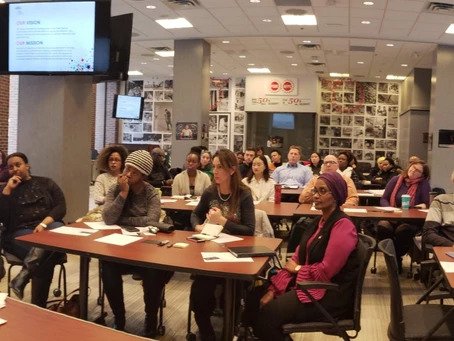Islamophobia in Canada is increasing at a concerning rate; Muslim students are particularly vulnerable to Islamophobia. There is no shortage of stories about Islamophobic incidents both physical and verbal in our communities. Students are on the receiving end of hateful speech and actions by administrators, educators and their fellow school community members. Schools have a responsibility to protect their students and ensure that they are not discriminated on the basis of religion. While many schools are taking steps to prevent and address Islamophobia, more can always be done.
Know Your Students
It sounds silly to say, but in order to support students and create a culture of belonging schools must first know their students. I can’t count the number of times an educator has mistakenly assumed a student of Arab or South Asian background is Muslim based on their skin tones. Sending home a quick parent survey at the beginning of the year gives so much insight into who your students. Additionally, some educators assume because as a student is Muslim, they are “from” somewhere else (i.e. immigrants). This is not the case, anyone can be a Muslim and Muslims have been present in North America since the 1800s.
Not All Muslims Are The Same
Islam has different sects and schools of thought. You will find that not all students practice their faith in the same way. There are a range of practices in Islam; what one person finds permissible another person will find prohibited. Some practices are influenced by culture. For example, some Muslim students may celebrate or participate in Christmas as a secular holiday whereas others will not. Respect Muslim students agency, choice and beliefs as you would any other student.
Muslim students may require accommodations like a space to pray at specific times during the day. Be conscious of things like Ramadan and how that may affect your students.
Myth Busting
Our job as educators is to ensure we are providing youth with tools to be media-literate. The profile of Muslims is heightened during elections and following the passing of bills like bill 21. Your Muslim students may be feeling anxious and uncomfortable. It is important to actively counter hurtful and untrue stereotypes about Muslims. Classroom activities or lessons that focus on media literacy and stereotypes need to be carefully scaffolded and planned to ensure that students feel comfortable and safe participating.
Stereotypes of Muslim girls and women being quiet, meek and subservient to Muslim boys and men are prevelent and unfortunately upheld by educators. Educators must check-in and question their own unconscious biases before working with Muslim students.
Plan and Prevent
Professional development for educators can offer resources and the confidence to combat Islamophobia in our schools. There are a number of community organizations that offer educational resources and speakers to schools who request them.
On a personal note, I have experienced Islamophobia while in school as a student, and again as a teacher. It has made me question my belonging in Canada and tested my faith. What was most challenging about Islamophobia was it was occasionally blatantly obvious and other times subtle. I feel very fortunate to have a support system in place who affirm my identity. I now have the ability to advocate for myself and others.
I will say that ignorance is no longer an excuse for failling to act on Islamophobic incidents. There’s no easy solution to ending Islamophobia, it will take a combination of ideas, partnership, and most importantly, a willingness to identify actions and words as Islamophobic.





